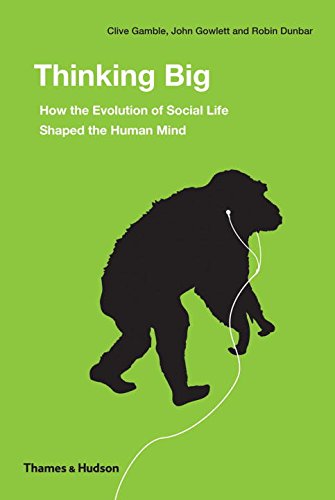

Most ebook files are in PDF format, so you can easily read them using various software such as Foxit Reader or directly on the Google Chrome browser.
Some ebook files are released by publishers in other formats such as .awz, .mobi, .epub, .fb2, etc. You may need to install specific software to read these formats on mobile/PC, such as Calibre.
Please read the tutorial at this link: https://ebookbell.com/faq
We offer FREE conversion to the popular formats you request; however, this may take some time. Therefore, right after payment, please email us, and we will try to provide the service as quickly as possible.
For some exceptional file formats or broken links (if any), please refrain from opening any disputes. Instead, email us first, and we will try to assist within a maximum of 6 hours.
EbookBell Team

5.0
28 reviewsA closer look at genealogy, incorporating how biological, anthropological, and technical factors can influence human lives
We are at a pivotal moment in understanding our remote ancestry and its implications for how we live today. The barriers to what we can know about our distant relatives have been falling as a result of scientific advance, such as decoding the genomes of humans and Neanderthals, and bringing together different perspectives to answer common questions. These collaborations have brought new knowledge and suggested fresh concepts to examine. The results have shaken the old certainties.